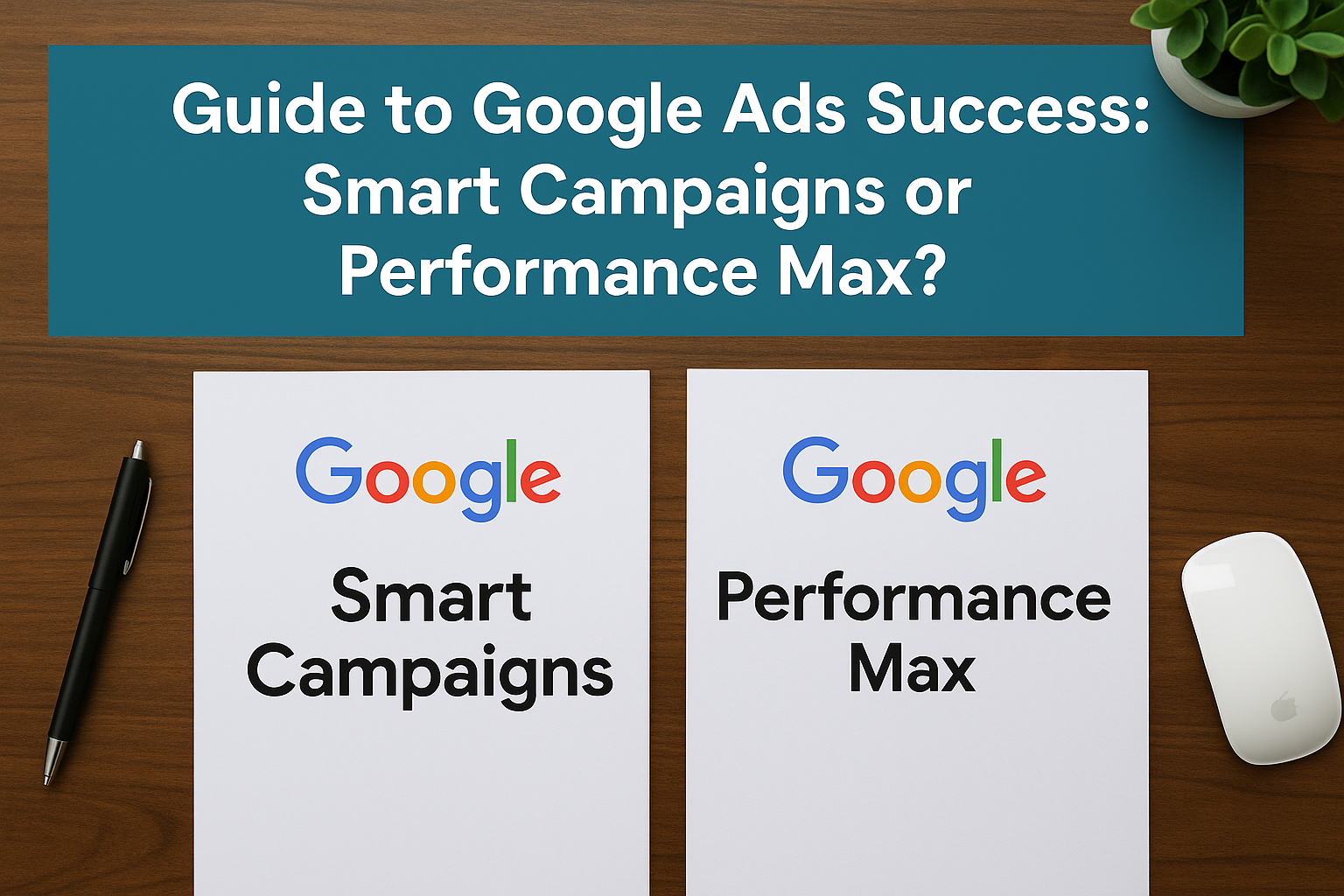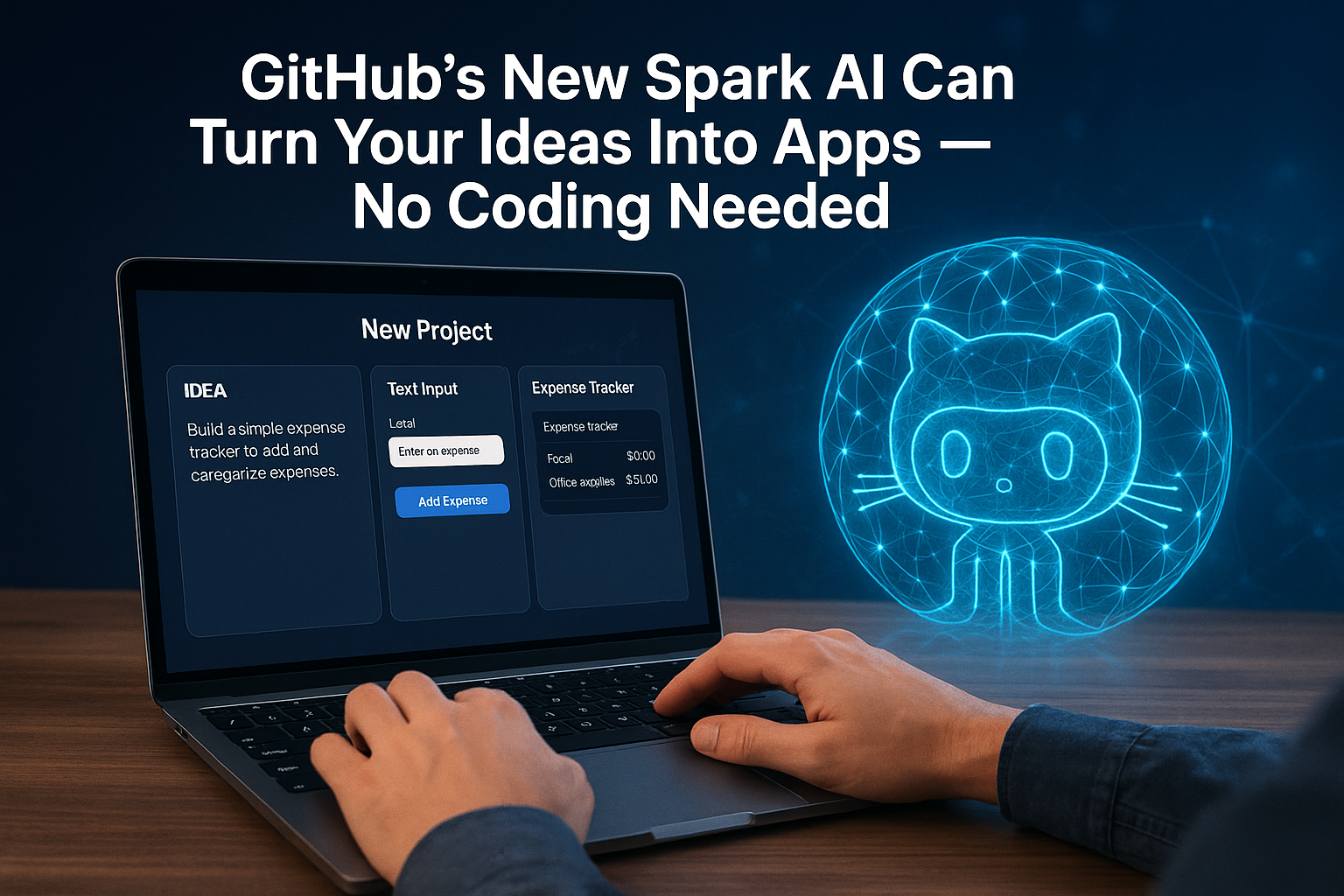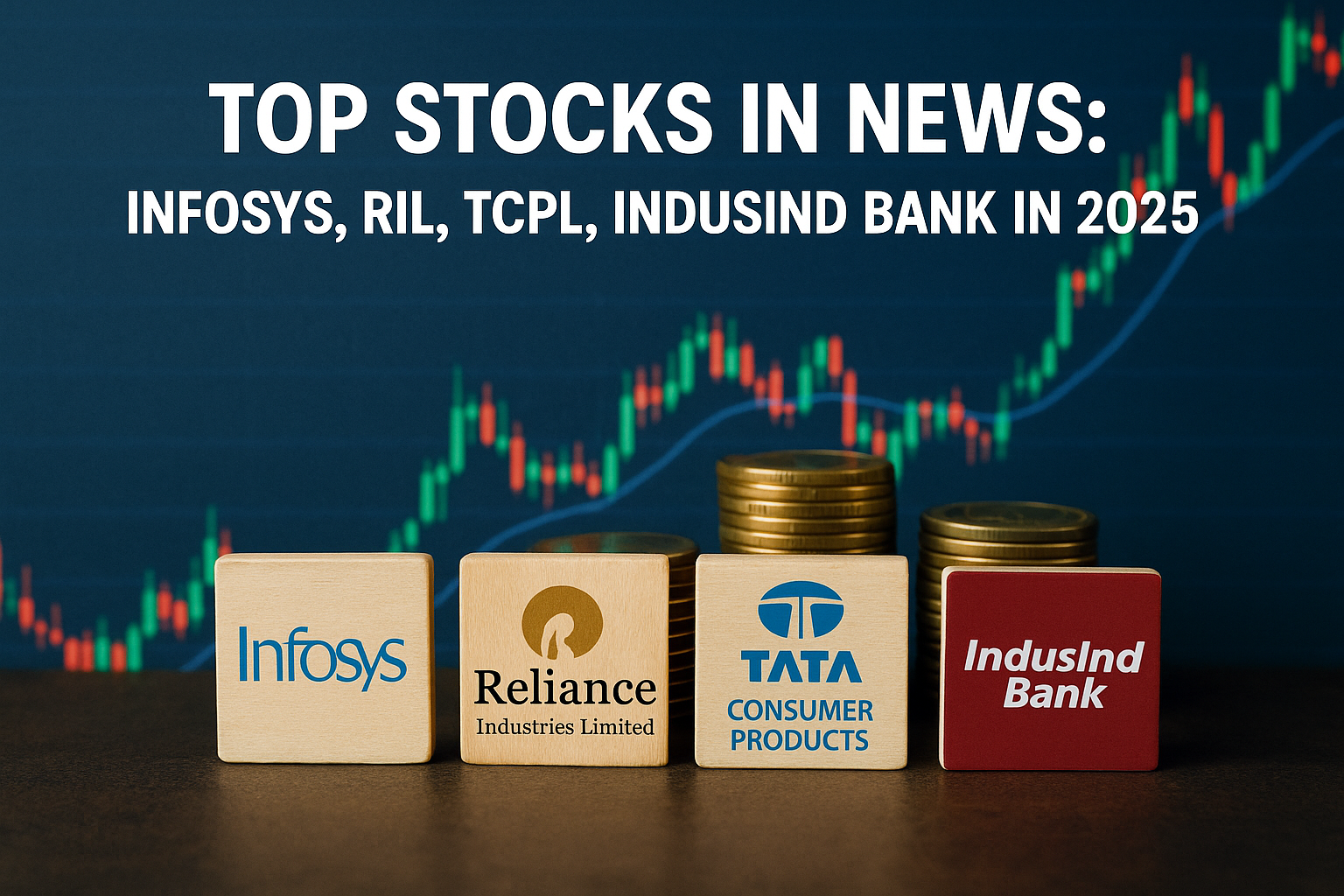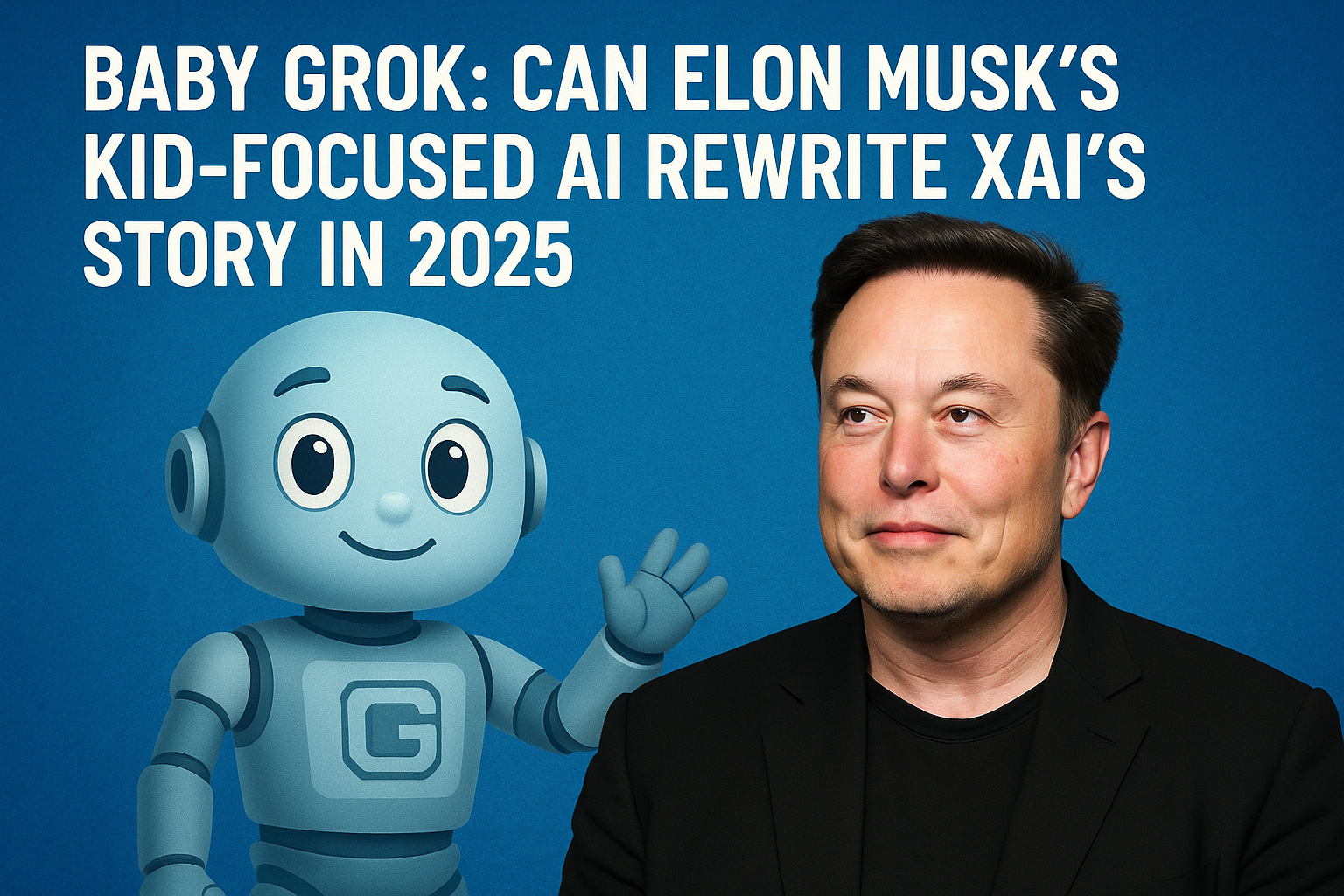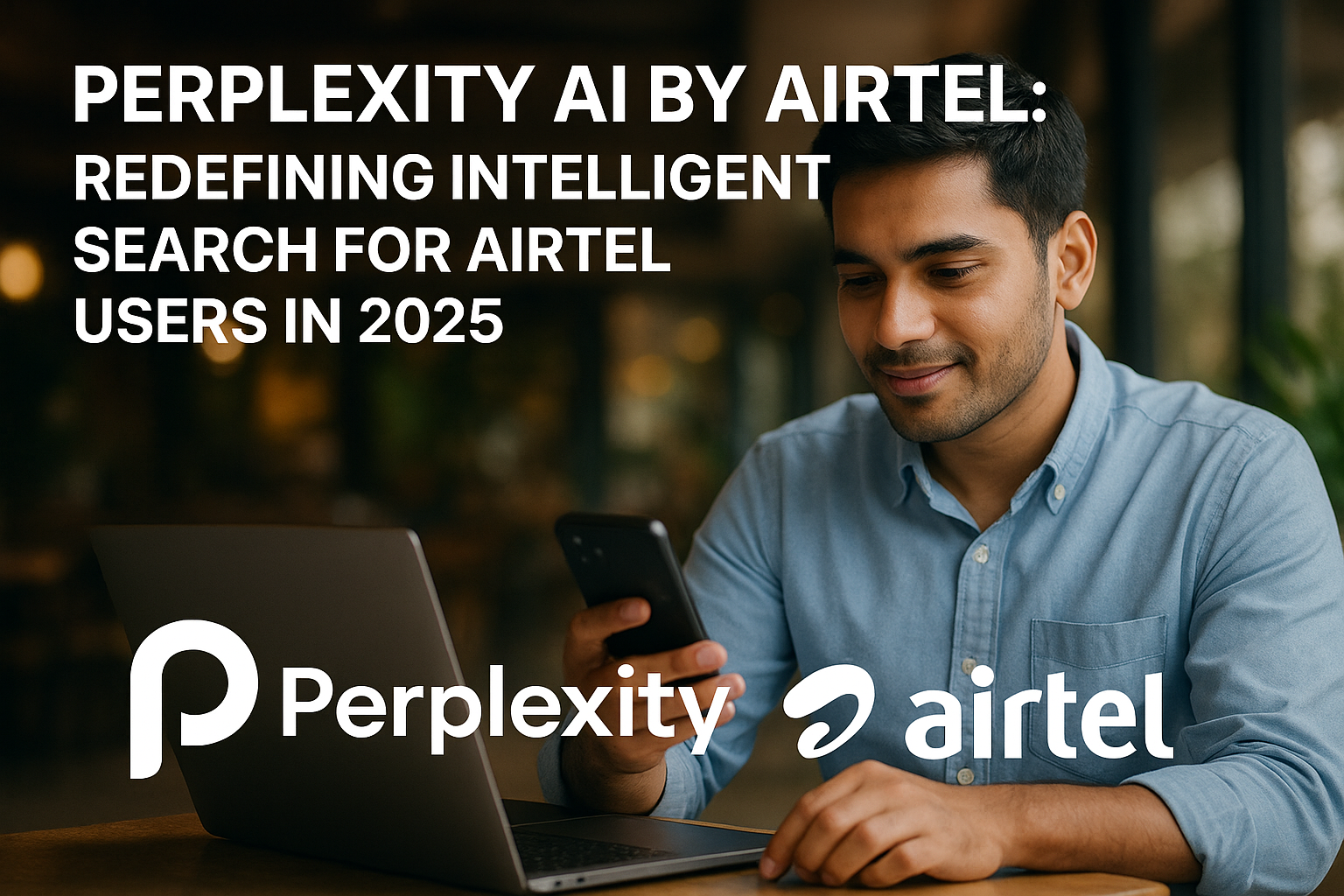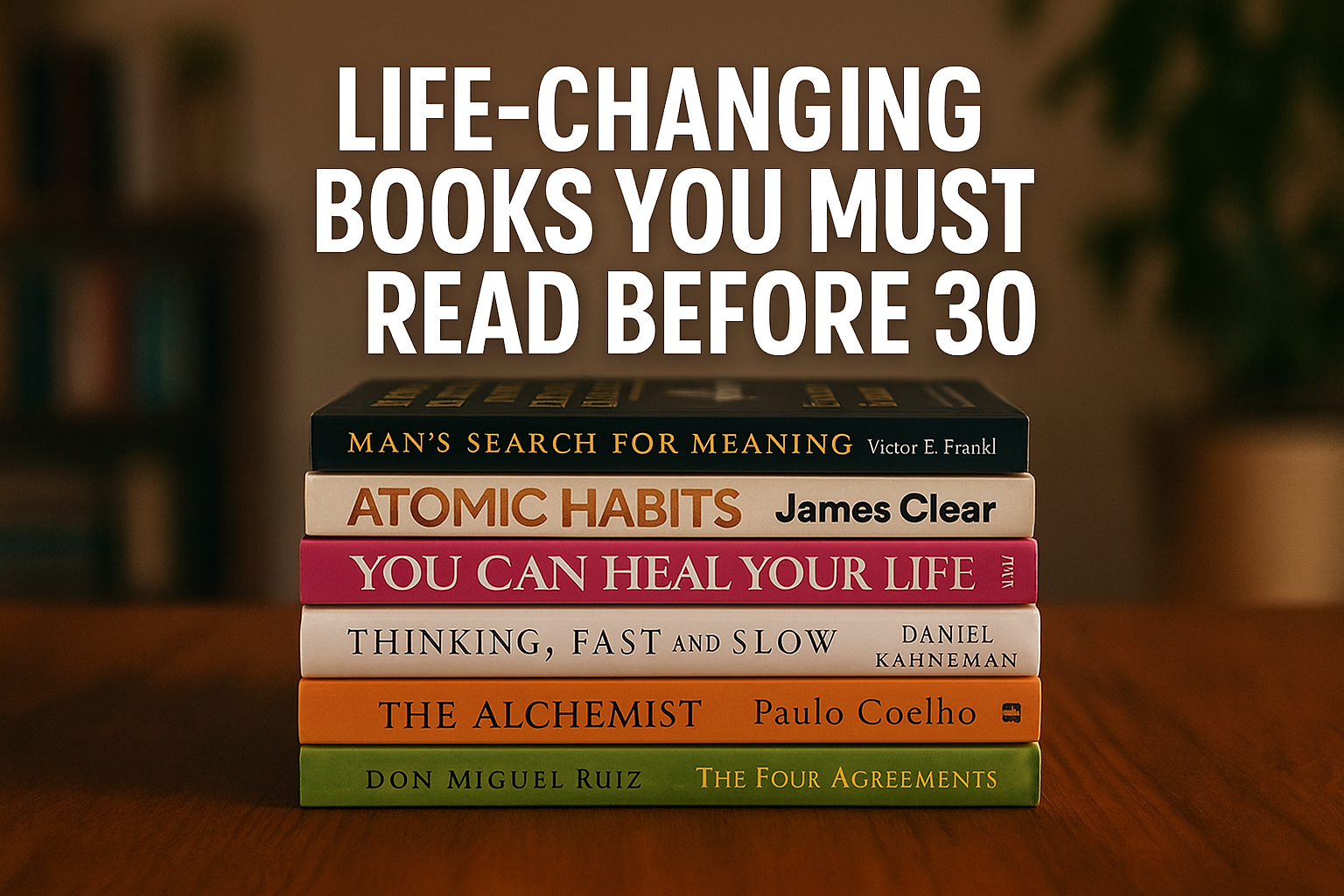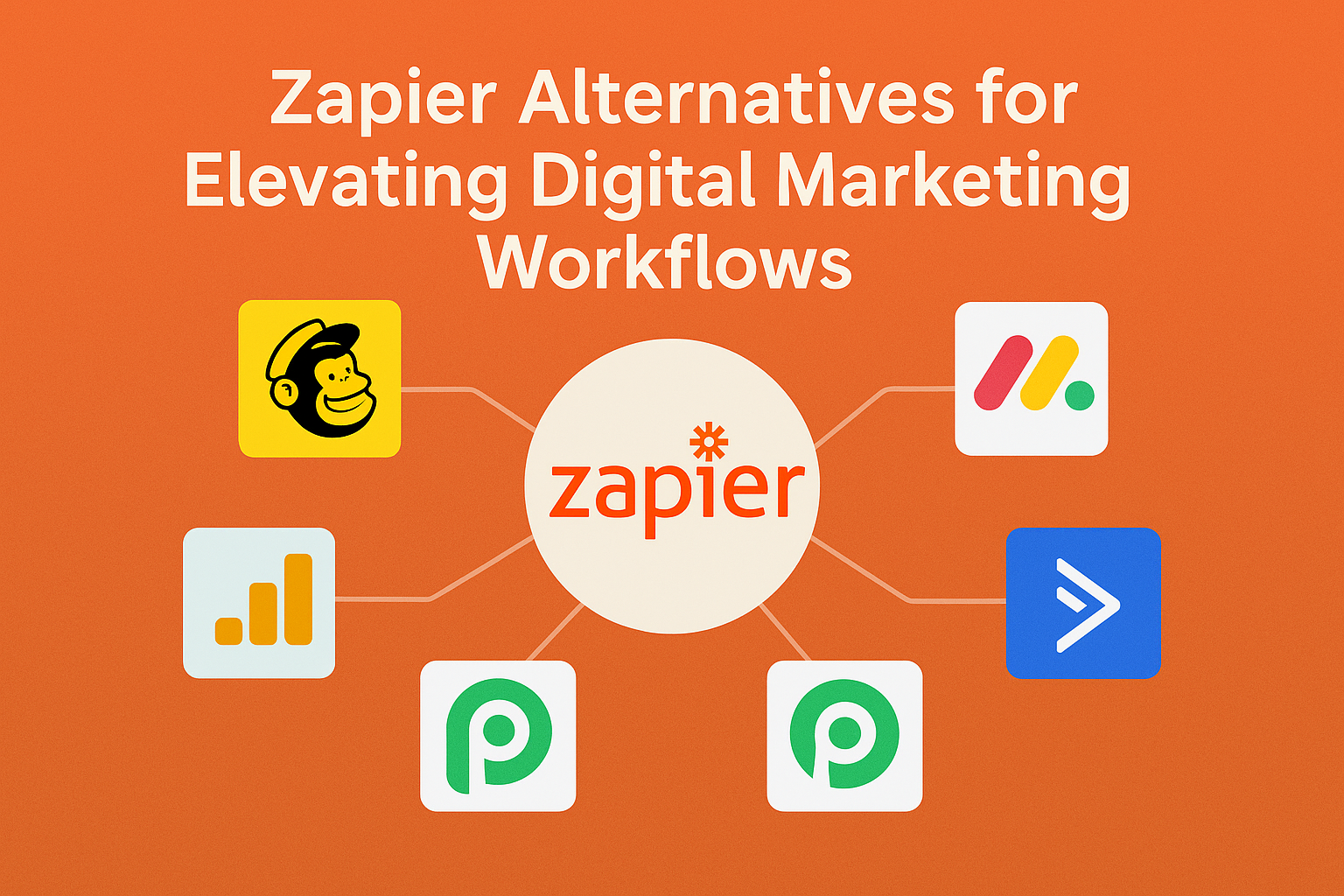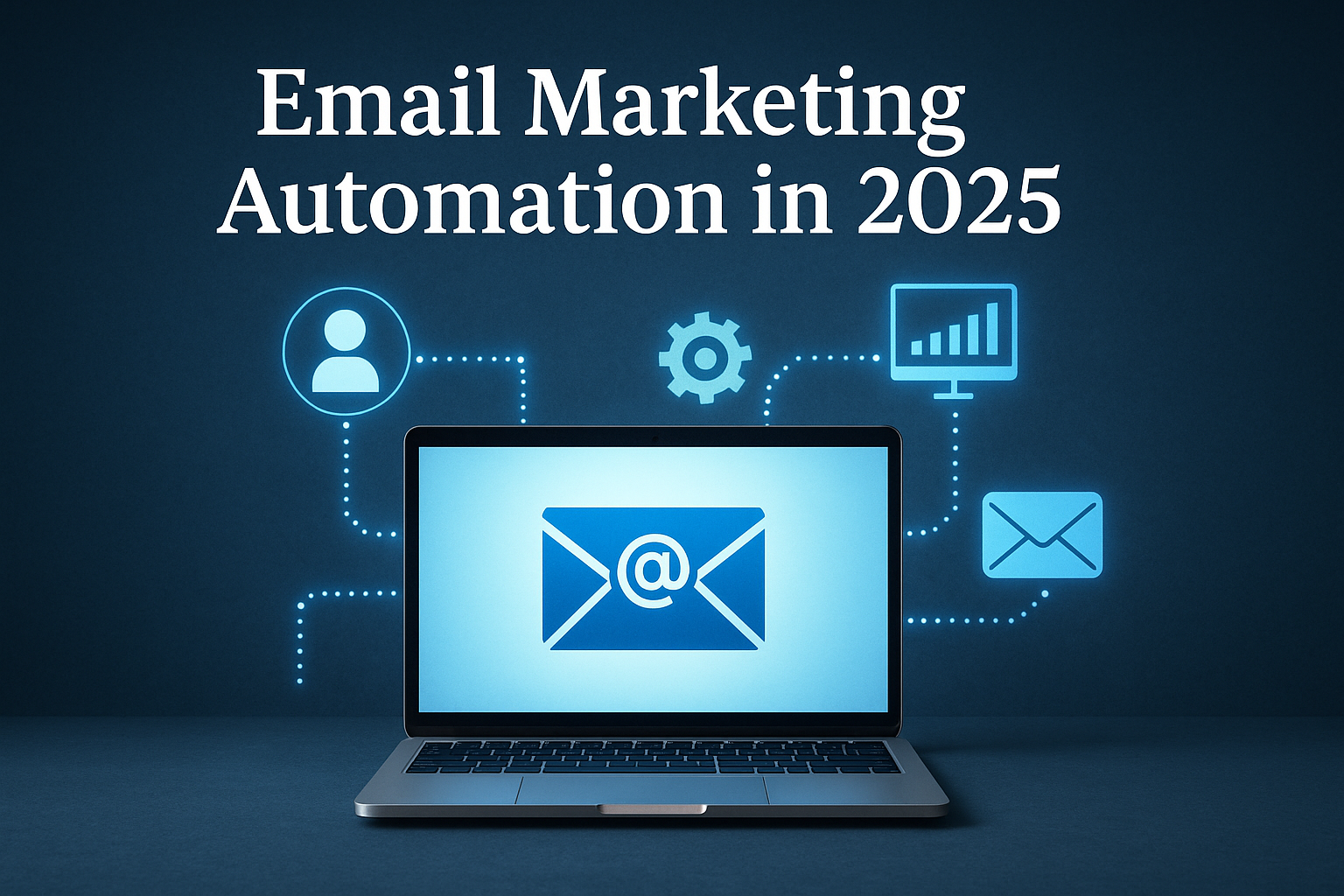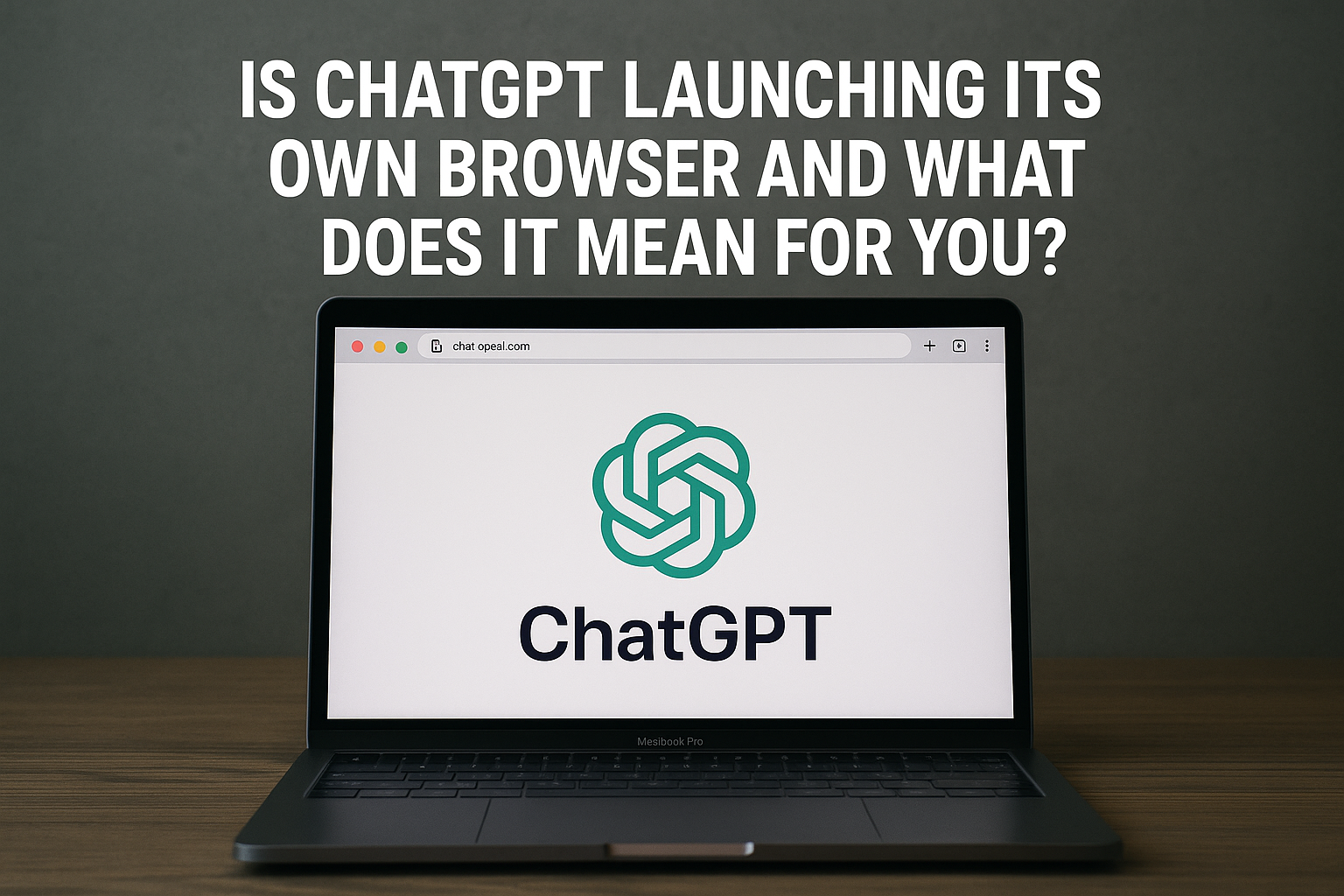Navigating the world of Google Ads can feel like a constant balancing act between control and automation. Two powerful, yet distinct, automated campaign types often come up in discussion: Smart Campaigns and Performance Max. While both leverage Google’s impressive machine learning to deliver results with minimal manual effort, they cater to different business needs and offer varying levels of reach and oversight.
As we progress through 2025, understanding the core differences between these two is vital for any advertiser aiming to maximize their Return on Investment (ROI). This guide will break down Smart Campaigns and Performance Max, helping you decide which is the better fit for your specific goals.
The Automation Revolution in Google Ads
Google Ads is increasingly leaning into Artificial Intelligence (AI) and machine learning to simplify and optimize advertising. This shift is designed to make online advertising more accessible to businesses of all sizes and to improve efficiency by analyzing vast datasets in real-time. Both Smart Campaigns and Performance Max are prime examples of this automation-first approach.
Google Ads Smart Campaigns: Simplicity for Small Businesses
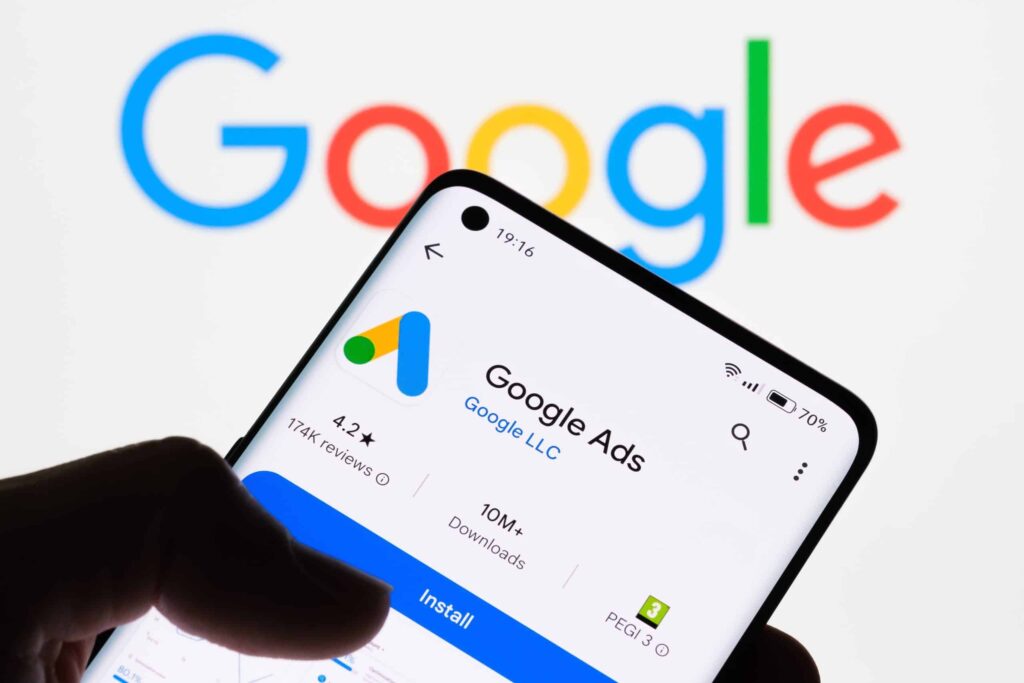
Google Ads Smart Campaigns (formerly AdWords Express) are built for ease of use, primarily targeting small and medium-sized businesses (SMBs) that have limited time or expertise for complex ad management. They offer a highly automated, “set it and forget it” solution.
Key Features:
- Effortless Setup: You provide basic business info, your goal (e.g., more calls, website visits, or store visits), a few keyword themes, and a budget. Google’s AI then handles ad creation and optimization.
- Automated Ad Creation: Google automatically generates ad headlines and descriptions based on your business details and website.
- Targeting: Primarily targets users on Google Search and Display networks, with a strong emphasis on local searches and proximity to your business.
- Simplified Reporting: The dashboard offers basic metrics like clicks, calls, and conversions, making it easy for beginners to track impact.
- Budget Control: You set a daily or monthly budget, and Google ensures you stay within it, charging only for clicks (or video views).
- Local Focus: Especially effective for local businesses looking to drive foot traffic or phone calls, as they integrate with Google Business Profile.
When to Choose Smart Campaigns:
- You’re an SMB with limited resources (time, budget, expertise).
- Your main goal is local visibility (calls, store visits, simple leads).
- You prefer a hands-off approach and want Google’s AI to manage most of the optimization.
- You’re new to Google Ads and need a simple entry point.
Limitations:
- Limited Control: Significant lack of control over targeting, ad placements, and bidding strategies. You cannot add negative keywords, potentially leading to wasted spend.
- Basic Insights: Reporting is very basic, offering little detail on specific search queries or ad placements.
- Broad Matching: Heavily relies on broad match keywords, which can sometimes lead to less relevant ad impressions.
- No A/B Testing: You can’t manually test different ad creatives or landing pages.
Google Ads Performance Max: The All-in-One Powerhouse
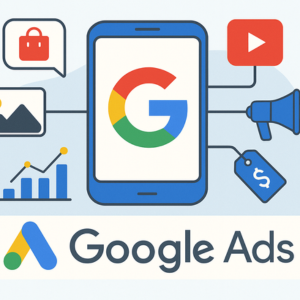
Google Ads Performance Max is a goal-based campaign type that leverages Google’s full suite of AI and machine learning to maximize performance across all of Google Ads channels. It’s designed for advertisers seeking broader reach, increased conversions, and a more comprehensive strategy.
Key Features:
- Cross-Channel Reach: Ads can appear across Search, YouTube, Display, Discover, Gmail, and Maps. This wide reach connects you with potential customers at every stage of their journey.
- Goal-Based Optimization: You define specific conversion goals (e.g., online sales, lead generation), and Google’s AI optimizes bidding and delivery to achieve them.
- Asset-Driven Creativity: Instead of individual Google Ads, you provide diverse high-quality assets (headlines, descriptions, images, videos, logos). Google’s AI dynamically combines these to create the most relevant ad formats for each channel.
- Audience Signals: You can provide “audience signals” (e.g., remarketing lists, customer match lists) to help Google’s AI understand your ideal customer.
- Smart Bidding: Utilizes advanced Smart Bidding strategies (like Maximize Conversions or Maximize Conversion Value) for real-time bid optimization.
- Enhanced Reporting: Offers more detailed insights than Smart Campaigns, including top-performing assets, audience segment performance, and conversion data. Recent 2025 updates are bringing even more transparency, including channel-level breakdowns.
- New Customer Acquisition Goal: Prioritize and bid higher for acquiring new customers.
When to Choose Performance Max:
- You have diverse conversion goals (online sales, high-volume lead generation).
- You have a collection of high-quality creative assets (text, images, videos).
- You want broad reach across Google’s entire ecosystem.
- You’re comfortable with a high level of automation and AI-driven optimization.
- You’re an e-commerce business (especially with Google Merchant Center feeds).
- You’re looking to scale your business and have a moderate to significant advertising budget.
Limitations:
- Less Control and Transparency: Still offers less granular control over specific placements and keywords compared to traditional campaigns.
- “Black Box” Perception: The high automation can make it challenging for some to understand why certain results are achieved.
- Budget Requirements: Often performs best with a decent budget and sufficient conversion data for the AI to learn.
- Reliance on Assets: Success heavily depends on the quality and variety of assets you provide.
- Potential Brand Cannibalization: Without careful management and exclusion lists, Performance Max can sometimes bid on your branded search terms.
Making the Right Choice: A Decision Framework
The choice between Smart Campaigns and Performance Max hinges on your business size, advertising goals, available resources, and comfort with automation.
Choose Smart Campaigns if:
- You’re a small business with limited resources.
- Your budget is restricted.
- You’re new to Google Ads.
- Your main goal is local visibility or basic leads.
- You prefer a hands-off, highly automated approach.
Choose Performance Max if:
- You’re an e-commerce business or focused on high-value leads/sales.
- You have clear conversion goals and robust tracking.
- You have a good variety of creative assets.
- You want to reach a broad audience across all Google channels.
- You’re ready to embrace advanced automation and AI.
- You have a moderate to significant budget and are looking to scale.
Can you run both?
Yes, you can. However, monitor their performance closely to ensure they complement each other rather than compete. For example, a Smart Campaign might target local foot traffic, while Performance Max focuses on broader online sales.
The Automated, AI-Powered Future
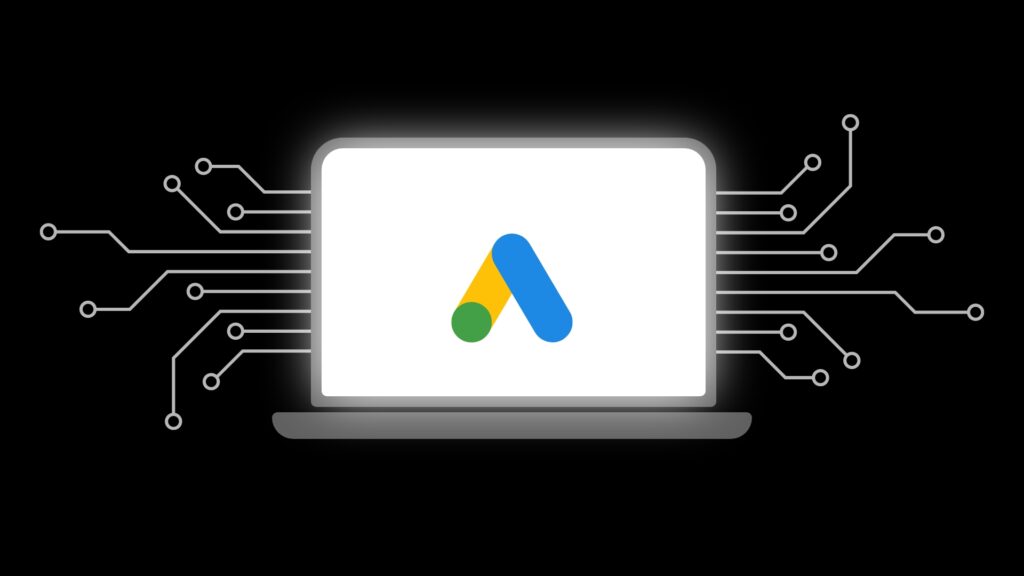
The future of Google Ads is undoubtedly automated and AI-driven. Google continues to enhance these tools, adding more transparency and controls while leveraging machine learning. Performance Max is increasingly positioned as the future, consolidating various campaign types into a streamlined, cross-channel approach. With new features expected in 2025, like more granular controls (negative keywords, demographic exclusions) and deeper search reporting, Performance Max is addressing some of its earlier limitations.
For businesses aiming for significant online growth and a comprehensive presence, understanding and optimizing Performance Max will be crucial. For smaller businesses seeking simplicity and effective local reach, Smart Campaigns will remain a valuable and accessible tool.
Ultimately, the best choice is the one that most effectively aligns with your business objectives, available resources, and your willingness to leverage Google’s powerful, evolving automation capabilities.
If you found this information helpful, don’t forget to subscribe to Zealimpact.com. We’ll keep bringing you more Tech and Digital marketing related Blogs like this one. Your support is our strength.
If you found this information useful, don’t forget to share it with your friends and family.

